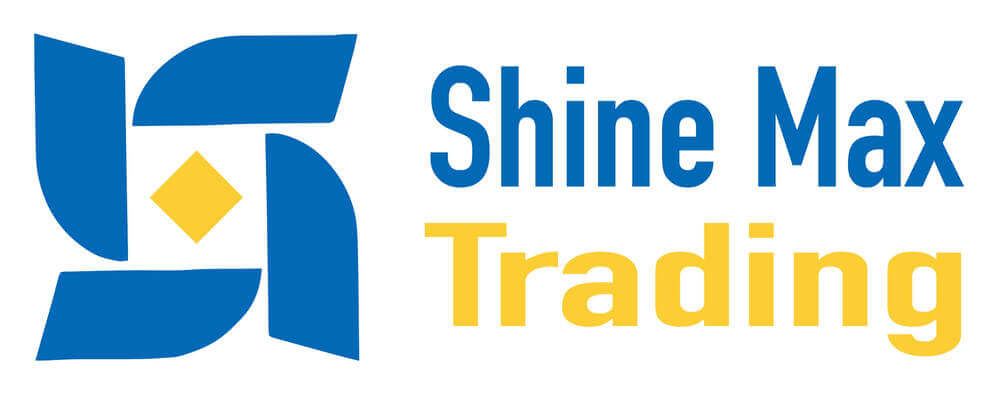
After a nearly 10% plunge, the dollar has reached critical levels with heavy short positions and low RSI readings, suggesting a technical rebound. Weak expectations for the dollar have fueled the recent rise in gold prices, but a potential dollar recovery
After experiencing a nearly 10% plunge, the dollar has reached a critical level. Short positions have hit a record high of 40 billion USD, and the Relative Strength Index (RSI) has fallen to its lowest since 2020. Inflation-adjusted, the dollar still maintains a yield premium, creating a technical foundation for a rebound due to oversold conditions and one-sided investor sentiment. CICC believes that weak expectations for the dollar are the primary reason for the sustained rise in gold prices recently. In the short term, the dollar remains under pressure but to a limited extent, with gradual recovery expected in Q3 and Q4, which could lead to a correction in gold.

After a near 10% drop, technical indicators and excessive bearish sentiment suggest an impending rebound may be on the horizon.
Amid repeated threats by Trump to fire Federal Reserve Chairman Jerome Powell and heightened risks of a US economic recession, the "Sell America" trade pushed the dollar to its lowest level since December 2023, diverging significantly from the 10-year Treasury yield trend.
From a technical analysis perspective, the dollar's decline has reached a critical level: the US Dollar Index (98.3884, +0.0312, +0.03%) has fallen nearly 10% since its February highs. Historically, such magnitude corrections are often accompanied by short-term rebounds.
In terms of indicators, the RSI of the US Dollar Index has dropped to its lowest level since 2020. Notably, the RSI fell to a similar level in July 2023, followed by a subsequent rebound of about 7% over the next few months.
Excessive bearish sentiment towards the dollar is also setting the stage for a technical rebound. According to data from the US Commodity Futures Trading Commission, speculative net short positions in the dollar against 10 currencies and the Dollar Index surged to 40 billion USD last week, reaching their highest level since October last year.
Such extreme market positioning often serves as a precursor to price reversals, similar situations having occurred multiple times in the past. Oversold conditions coupled with one-sided investor sentiment create a technical foundation for a dollar rebound.
Fundamentally, Fed data shows that overseas central banks and international organizations increased their holdings of US Treasuries by more than 10 billion USD in the two weeks ending April 16. This indicates that despite the plunge in US Treasury yields, reserve managers continued to increase their holdings, which is favorable for the dollar.
Inflation-adjusted, the dollar maintains a yield premium against other major currencies, potentially providing momentum for a dollar rebound.
Ken Cheung, Chief Asia FX Strategist at Mizuho Bank Ltd., said there is potential for a short-term rebound in the dollar, although negative news may limit its gains:
The dollar is poised to rebound—whether briefly or enduringly.
Heavy short positions, technical factors, and real yield differentials suggest the dollar might recover.
Could a Dollar Rebound Impact Gold?
CICC believes that weak expectations for the dollar are the main driver behind the recent sustained rise in gold prices. The current 98 level of the US Dollar Index is a significant support level on a monthly chart; if it breaks down, the next support would be around 89.
In the short term, the dollar remains under pressure but to a limited extent, with gradual recovery expected in Q3 and Q4, which could lead to a correction in gold. Assuming real interest rates and uncertainty remain unchanged, the current gold price implies the dollar needs to fall to 86 (currently 98) for this scenario to hold.
















